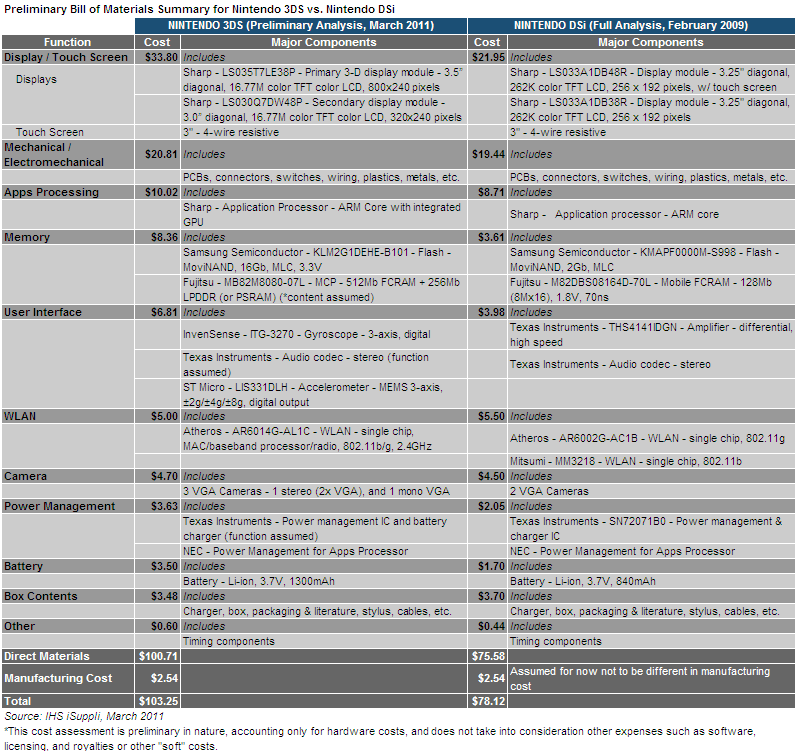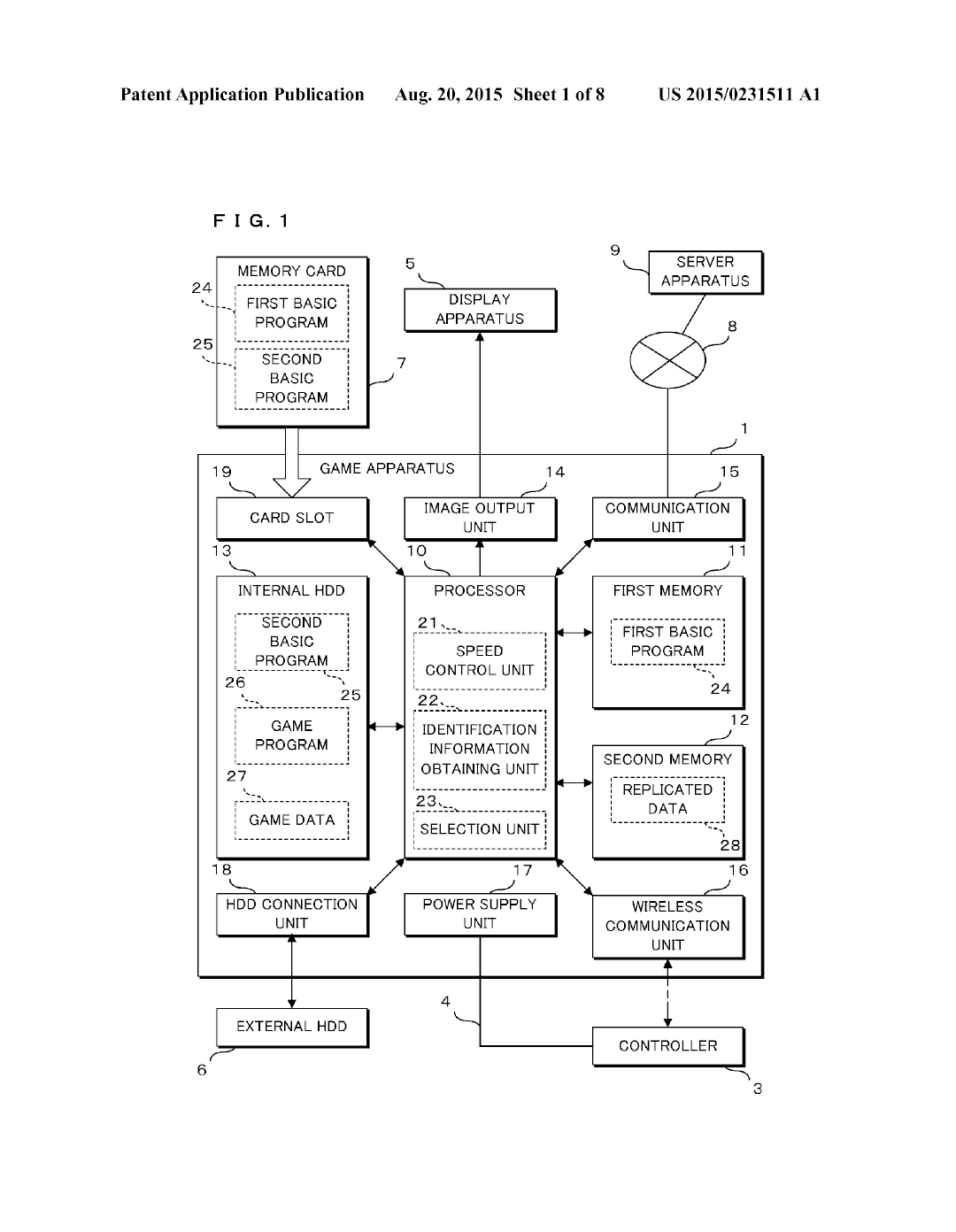This was my final point and since you haven't shown that they won't use 14nm, I will simply go here. WSJ had a source for Industry leading chips, it wasn't a PR person, it wasn't someone trying to sell you a NX, it was just someone who knew something. Why would they consider a 5 year old process and chips that are literally in competitor parts from 3 years ago "industry leading?" in frame of that context, it only makes sense that Nintendo was trying to fix an image problem with using older tech, so no 28nm and GCN 1.2 would certainly not make sense, I mean what do you expect from that? mullin's GPU? you think that would run low power enough to be in a handheld? They couldn't even win tablet formfactors with that chip, there is no way Nintendo okay'd it for a handheld with a SOC that will use ~2 watts.
You've clearly given your opinion on the matter, I think it is wrong but that is just my opinion. I will say though, that if they release a 28nm part, they won't be seen as industry leading at all, and with 14nm where it is by holiday this year, I see no reason they wouldn't go that route instead, especially when by 2018 (the earliest we could imagine a redesign) 28nm would actually cost more than 14nm by a fair amount as the industry pushes even further driven by insane mobile sales.
At least we both agree that they should use 14nm on the handheld.
Keep in mind the Wii U was referred to as "industry leading" (or equivalent) early on. It actually technically was, in the sense that (as far as I'm aware) it used the smallest eDRAM process of any mass produced product at the time, and borrowed cache technology from the POWER7. That doesn't necessarily mean it was made on the smallest node available, or had particularly high performance.
Regarding the handheld, if they go with a 28nm AMD chip then you'd probably be looking at maybe 4 (or more) A53's and two GCN 1.2 CU's at about 400MHz. That would be substantially more powerful than the Vita, which basically qualifies it as industry-leading (also keep in mind GCN 1.2 is used in the Fury line, so much the in same way that Wii U used POWER7 cache technology would cause many people to call the chip "industry-leading"). Alternatively, if they don't use AMD then you're maybe looking at a PowerVR GT7400 at maybe 500MHz, which would also comfortably outperform Vita, and is the same GPU architecture used in the iPhone 6S (so again, can be claimed as industry leading). Either of these chips would be both pretty cheap and outperform the 3DS by a massive margin (and the AMD one gives advantages in terms of cross-development), so they'd easily fit Nintendo's criteria. Hence I feel it's natural, given Nintendo's history with handhelds, and the likely lack of a successor to the Vita, to assume that Nintendo would go that route.
They have actually announced 28nm eDRAM in 2010. If I remember correctly it was in eetimes article.
I have the feeling that was dropped. I'm pretty sure during their restructuring they dropped 28nm altogether in favour of outsourcing it to TSMC, and 28nm eDRAM probably fell by the wayside at that point.
Man, that would be such a sweet chip in the NX hh.
Hmm, I'm actually surprised they're shipping mid-range chips on 14nm so soon (although I'd say shipping products with these are a few months away). Bodes a little bit better for Nintendo going the 14nm route.
Hmm. I just looked at 810's floor plan and it does use quite a bit of area for codecs on top of the DSP. It's safe to say codecs go away too : )
That 810 floorplan going around isn't actually to scale (it says it on the original Qualcomm slide, but a lot of the images you'll see on sites have cropped that out).
Back in 2011 the OG 3DS cost about $33 to get the two screens needed to make 3D. I'm guessing it would be half the price to just get one screen so it costs Nintendo approx. $16.50 to implement 3D which after markup and R&D probably adds about $20 to the final retail price.
http://cdn.ihs.com/Technology/Share...ges/Press Releases/2011-03-28_Nintendo_DS.png

Keep in mind that Nintendo are pretty much the only customer of Sharp's autostereoscopic screens, so I wouldn't place much weight on IHS's ability to estimate the costs of them. (They're probably pretty accurate on the price of the 2D screens, though, as they're as commoditised as you'll get).
Also, you'd want to at least double a component price to get its effect on final pricing, if not more.


